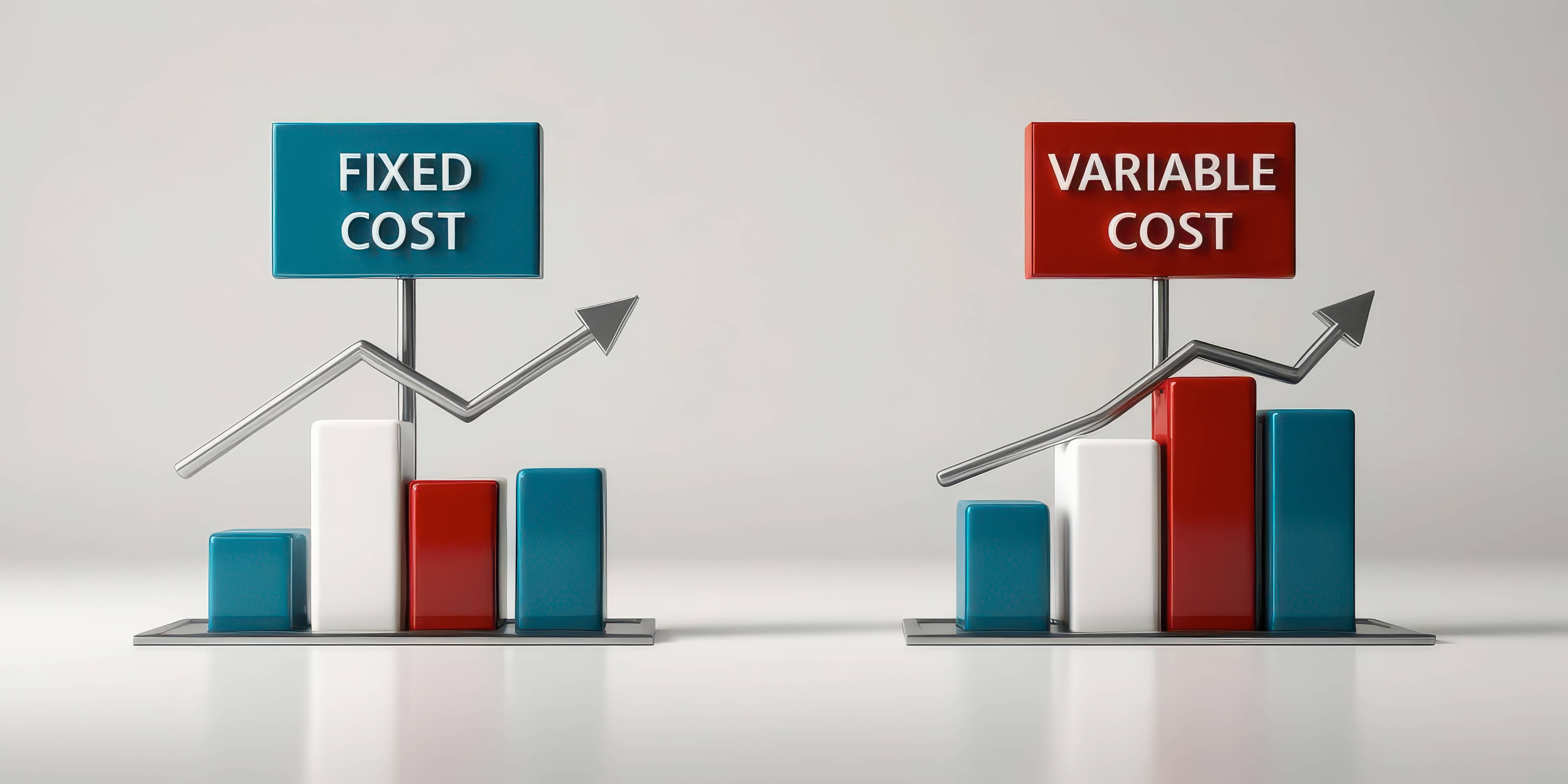
Quick Summary When planning conservative investing, it is essential to understand the difference between time deposit and fixed deposit. Often considered synonymous, these financial products are quite...
November 25, 2025

Quick Summary: Fixed deposits and debt funds (also referred to as debt mutual funds) are two popular options for investors to park their monies. Although both FDs and debt mutual funds are considered ...
November 25, 2025

Quick Summary: Personal finance offers a wide range of investment options. For risk-averse investors, fixed deposits (FDs) and liquid funds are two common choices. In an FD, you deposit a lump sum for...
November 25, 2025

Quick Summary: Key Difference Between Term Deposit and Fixed Deposit For decades, savers across India have confidently invested in Fixed Deposits to secure their financial future. Simultaneously, fina...
November 25, 2025

Quick Summary: For many Indian households, a fixed deposit comes as a safe and reliable option. It ensures guaranteed and stable returns are comforting for many. Some people open fixed deposits to par...
November 25, 2025

Quick Summary When you run a business, you need to know the ins and outs of every operation. One such aspect is the company’s cost structure, composed of variable costs and fixed costs. A variab...
November 25, 2025